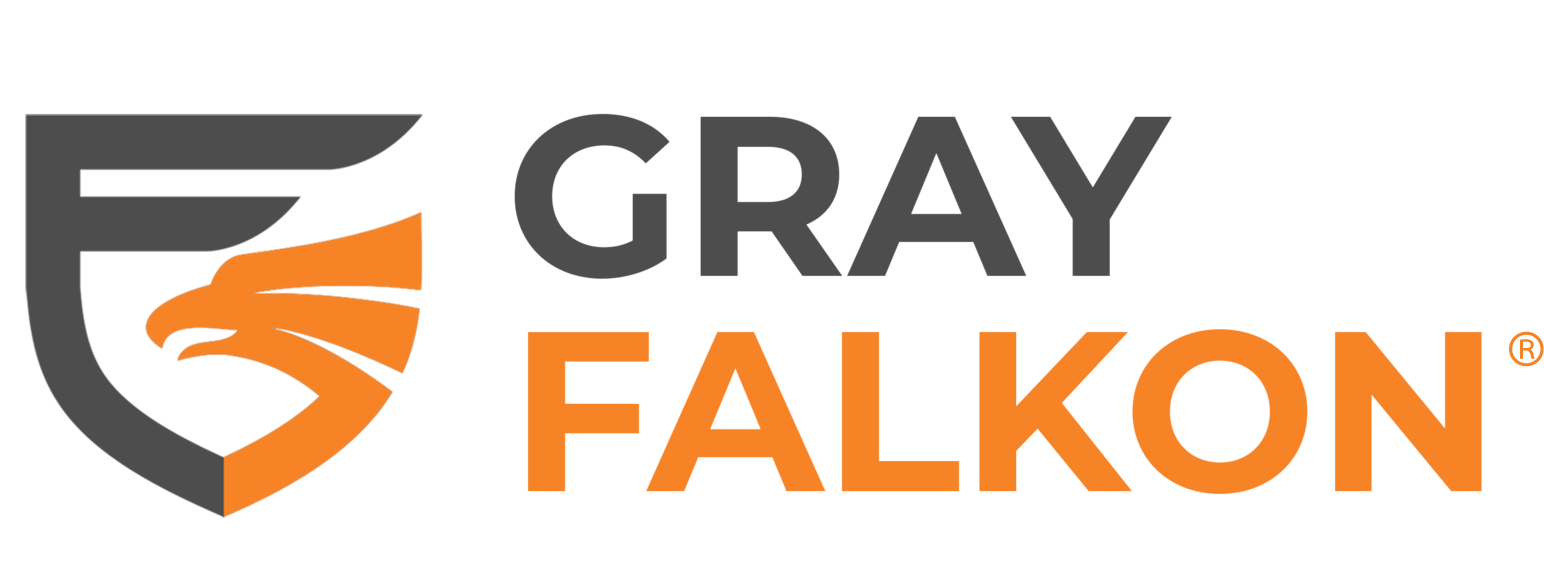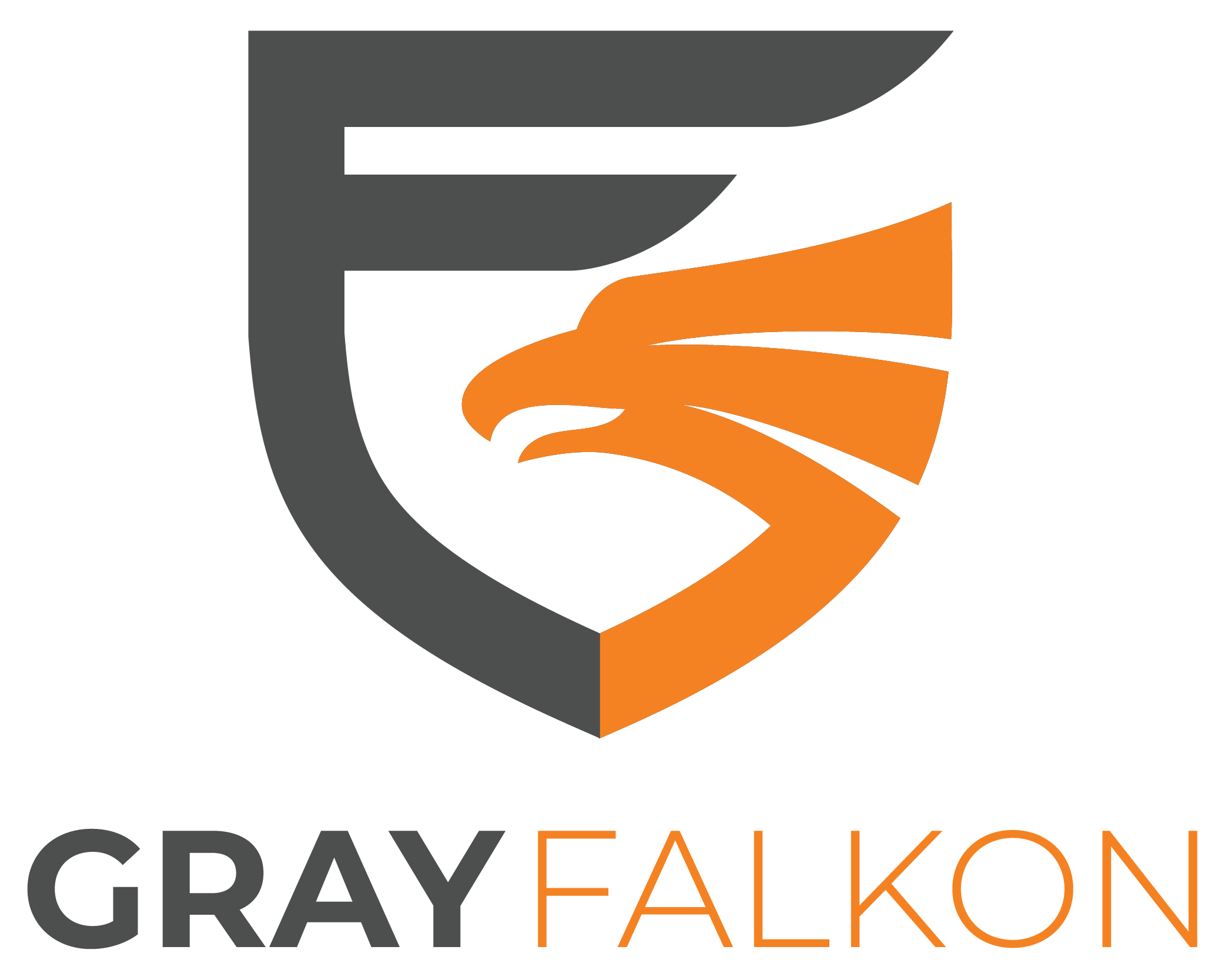
For decades, Walmart has been a dominant force in retail, starting with its massive presence in brick-and-mortar stores and evolving into one of the biggest names in eCommerce. As shopping habits shifted, so did Walmart’s approach to retail, with the launch of its online platform and the rise of its third-party marketplace. While Amazon may often dominate discussions about online selling, Walmart’s marketplace has become a significant player in its own right, offering brands an increasingly valuable opportunity to reach consumers.
Walmart’s third-party marketplace allows brands and independent sellers to list their products alongside Walmart’s own inventory, providing a unique blend of competition and opportunity. With millions of loyal customers and the growth of programs like Walmart+, brands have new ways to tap into Walmart’s vast online audience. However, with these opportunities come challenges, such as navigating pricing issues, managing unauthorized sellers, and ensuring brand consistency across platforms.
From Brick-and-Mortar to Online: Walmart’s Evolution as a Retail Giant
Walmart’s roots stretch back to its humble beginnings as a discount retailer, revolutionizing the shopping experience in small towns across America. Over the years, Walmart became synonymous with affordable goods and a wide variety of products, establishing itself as a retail giant with thousands of physical stores. However, as consumer shopping behaviors shifted towards the convenience of online shopping, Walmart quickly adapted to meet the changing demands of its customers.
Walmart’s expansion into eCommerce was initially gradual, but it accelerated over the past decade as online retail became the dominant force in the industry. The launch of Walmart.com allowed the company to extend its reach beyond the walls of its stores, offering customers the ability to shop for a broader range of products online. But Walmart wasn’t content with merely replicating its in-store experience on the web. Recognizing the growing potential of eCommerce, the company invested heavily in technology, logistics, and new programs to make online shopping more accessible and competitive.
One of the key developments in Walmart’s digital transformation was the launch of its third-party marketplace. This move allowed brands and independent sellers to list their products on Walmart’s platform, vastly expanding the product selection and offering more variety for customers. By opening the marketplace to third-party sellers, Walmart positioned itself as a serious contender in the eCommerce space, competing directly with giants like Amazon.
In addition to growing its marketplace, Walmart launched its Walmart+ membership program, offering customers benefits like free shipping, member discounts, and access to deals. This initiative was further expanded with Walmart+ Week, an annual sales event designed to compete with Amazon’s Prime Day. These programs have strengthened Walmart’s appeal to consumers while creating new opportunities for third-party sellers to engage with a loyal and growing customer base.
As Walmart continues to evolve, its marketplace has become a central component of its eCommerce strategy. For brands looking to expand their online reach, Walmart’s marketplace presents a compelling opportunity to connect with both online and in-store shoppers, making it a platform that can no longer be ignored.
Opportunities for Brands in Walmart’s Marketplace
As Walmart continues to expand its third-party marketplace, the opportunities for brands to grow their presence on this platform are becoming more attractive. While Amazon may dominate the eCommerce conversation, Walmart offers unique advantages that are increasingly drawing brands to list their products. From lower competition to a loyal customer base, Walmart’s marketplace is positioning itself as a valuable platform for brands seeking to diversify their online presence.
Access to Walmart’s Loyal Customer Base
One of the most significant advantages for brands on Walmart’s marketplace is access to its large, loyal customer base. Walmart has a well-established reputation for offering affordable prices and a wide range of products, drawing millions of shoppers both in-store and online. By listing products on Walmart’s marketplace, brands can tap into this extensive audience, many of whom might not be as active on other platforms like Amazon. Additionally, Walmart’s online platform is integrated with its physical stores, meaning brands can benefit from customers who prefer to shop both online and in person.
Lower Competition Compared to Amazon
While Amazon’s marketplace is highly competitive, Walmart’s marketplace is still growing, offering brands a unique opportunity to stand out. With fewer third-party sellers vying for the top spots, brands can more easily gain visibility and traction on Walmart’s platform. This lower level of competition can be particularly beneficial for newer or smaller brands looking to gain a foothold in eCommerce without getting lost in the crowd.
Walmart Fulfillment Services (WFS)
Walmart’s Fulfillment Services (WFS) provides brands with a powerful logistics solution, similar to Amazon’s FBA. WFS allows sellers to store their products in Walmart’s fulfillment centers, where Walmart handles packing, shipping, and customer service on behalf of the seller. This service ensures fast, reliable delivery and can enhance the customer experience, particularly for Walmart+ members who expect quick shipping. By utilizing WFS, brands can streamline their operations and focus on growing their sales, while Walmart handles the logistics.
Walmart’s Shopify Partnership
Walmart’s integration with Shopify has opened the door for more sellers to easily list their products on the marketplace. This integration helps small and medium-sized businesses reach Walmart’s vast customer base with minimal friction. For brands that are already using Shopify, this partnership offers a seamless way to diversify their sales channels and expand their reach.
With these opportunities in mind, Walmart’s marketplace provides an appealing alternative or complement to Amazon. For brands looking to capture new audiences, streamline fulfillment, and face less competition, Walmart’s third-party marketplace offers a path to growth that’s difficult to ignore.
Challenges for Brands in Walmart’s Marketplace
While Walmart’s marketplace offers enticing opportunities for brands, it also comes with its own set of challenges. Just like other eCommerce platforms, brands need to navigate issues such as pricing, unauthorized sellers, and maintaining brand integrity across multiple sales channels. Understanding these challenges is crucial for brands aiming to succeed on Walmart’s platform.
Unauthorized Sellers and Gray Market Goods
One of the most significant challenges on Walmart’s marketplace, as on other platforms, is dealing with unauthorized sellers and gray market goods. These sellers can undercut authorized resellers by offering products at lower prices, often without adhering to the brand’s guidelines or quality standards. For brands, this can dilute their value and create confusion for customers who may end up with counterfeit or substandard products. Combatting unauthorized sellers is essential to maintaining pricing integrity and customer trust.
Pricing Disruptions
Walmart’s marketplace, like Amazon, can be prone to pricing disruptions, particularly when third-party sellers engage in price wars. These sellers may lower prices to gain an advantage over competitors, which can undercut a brand’s carefully crafted pricing strategy. Maintaining consistency in pricing across all sales channels is essential, especially during peak shopping periods like Walmart+ Week or Black Friday. However, with multiple third-party sellers involved, keeping prices under control becomes a constant challenge for brands.
Limited Control Over Marketplace Listings
Although Walmart has made strides in giving brands more control, third-party sellers still have a degree of autonomy over their listings. This can lead to issues such as inconsistent product descriptions, incorrect images, or failure to adhere to branding guidelines. Without proper oversight, these inconsistencies can hurt the brand’s reputation and lead to negative customer experiences. While Walmart does have mechanisms in place for reporting violations, the process can be time-consuming, leaving brands in a reactive position.
Enforcement of Brand Protection Policies
Even though Amazon offers robust brand tools like Brand Registry and Project Zero, many brands still find third-party brand protection solutions essential to safeguard their interests comprehensively. This need for additional protection is even more pronounced on Walmart’s platform, where brand protection features are still in development. On Walmart, brands must be especially vigilant in monitoring their listings, ensuring pricing policy compliance, and tracking unauthorized sellers. While Walmart does provide a basic reporting mechanism for violations, it often falls short of brands’ needs. To effectively protect their brand across all eCommerce platforms, including both Amazon and Walmart, many businesses turn to specialized third-party tools like Gray Falkon’s Full Deployment solution. These comprehensive brand protection services offer the advanced monitoring, enforcement, and analytics capabilities necessary to maintain brand integrity in today’s complex online marketplace landscape.
Gray Falkon’s Role in Brand Protection on Walmart’s Marketplace
We spend a lot of time discussing Amazon, but it’s important to remember that our solutions are built for Walmart’s growing marketplace as well. Walmart may not always receive the same attention as Amazon, but it has quickly become a critical player in the eCommerce landscape. Brands selling on Walmart face many of the same challenges they encounter on Amazon, such as unauthorized sellers, pricing disruptions, and gray market goods. Our brand protection solutions are designed to address these challenges head-on, ensuring brands can maintain control over their listings and protect their market position.
AI-Powered Monitoring for Unauthorized Sellers
Gray Falkon’s AI-driven tools continuously monitor Walmart’s marketplace for unauthorized sellers, counterfeit goods, and pricing inconsistencies. By scanning listings in real-time, our solution detects any unauthorized activity that could disrupt your brand’s presence on the platform.
Effective Marketplace Violation Reporting
When unauthorized sellers are detected, our AI doesn’t just flag them, it initiates the necessary workflows to get marketplaces like Walmart to take action. Our solution streamlines the violation reporting process, saving brands from the time-consuming task of manually identifying and reporting policy breaches. As Walmart’s marketplace evolves, our AI adapts to new strategies, continually improving its effectiveness in protecting your brand.
Comprehensive Brand Success Strategies
Every brand is unique, and at Gray Falkon, we understand that a one-size-fits-all approach doesn’t work for every company. That’s why our Full Deployment plan includes a dedicated Brand Success Strategist who works closely with your team. Your strategist helps you navigate the complexities of Walmart’s marketplace, offering insights and strategies tailored to your brand’s needs.
Cross-Platform Brand Protection
Gray Falkon’s solution isn’t limited to just one platform. We offer cross-platform brand protection, allowing you to manage your presence on Walmart, Amazon, eBay, and more. This makes it easier to track your listings, ensure compliance, and maintain brand integrity across multiple channels.
Analytics with Gray Falkon’s Marketplace Brand Protection Portal
Gray Falkon provides brands with a powerful Marketplace Brand Protection Portal that delivers comprehensive analytics to support your brand protection strategy. With centralized dashboards, customizable data views, and enhanced data visualization, you can easily monitor your brand’s performance across multiple platforms. The portal also offers daily refreshed updates, ensuring you have the latest information to keep your brand protection strategy agile and effective. These insights enable brands to make informed decisions, ensuring a robust defense against unauthorized sellers while maintaining brand integrity and pricing control across all eCommerce marketplaces.
Protect Your Brand On Walmart’s Marketplace
Walmart’s third-party marketplace is rapidly evolving, offering both opportunities and challenges for brands seeking to expand their eCommerce presence. With access to Walmart’s loyal customer base, lower competition compared to Amazon, and valuable tools like Walmart Fulfillment Services (WFS), brands have a unique opportunity to grow. However, they must also contend with unauthorized sellers, pricing disruptions, and the complexities of managing multiple platforms.
To successfully navigate Walmart’s marketplace, it’s essential to implement comprehensive strategies that address both the opportunities and challenges. Gray Falkon’s AI-driven monitoring tools and brand protection solutions empower brands to maintain control over their pricing, distribution, and marketplace presence, ensuring that unauthorized sellers are swiftly identified and dealt with. Contact us today and get the right tools and strategies in place to turn Walmart’s marketplace into a critical part of your brand’s long-term eCommerce success.



